Raising the Bar
Envisioning the Future to Leave a Lasting Legacy
Read MoreIn an ever-shifting world of technological advancement and increasingly complex social dynamics, the future of private clubs can feel uncertain. However, the nation’s burgeoning obsession with health and wellness may offer an answer – or at least a good indicator – of where private clubs are headed. According to Chambers’ “Club of the Future” Survey, 18% of club leaders believe that clubs will become a center for sports, health, and fitness. In fact, spa and fitness services are the fastest growing sector of the private club market – making them a top priority when it comes to building new facilities.
Unfortunately, only 10% of club leaders reported prioritizing the construction of health or spa facilities, even though 46% indicated that this facility would be critical for future relevancy. Despite the budding importance of spa facilities, only a limited number of clubs are staying ahead of the trend and working to meet future demand.
For many members, spas have become more than just a luxury – they have become an essential part of self-care. Here, we explore why tomorrow’s member will desire the services that spas commonly offer and how private clubs can swoop in to meet growing demand.
Spa facilities satisfy members’ growing need to approach their health from a holistic perspective. In an effort to promote wellness, people are prioritizing stress relief and relaxation alongside things like exercise and clean eating. There are a number of factors influencing the rising prominence of health and wellness trends, but a select few directly influence how private clubs must think about spa facilities.
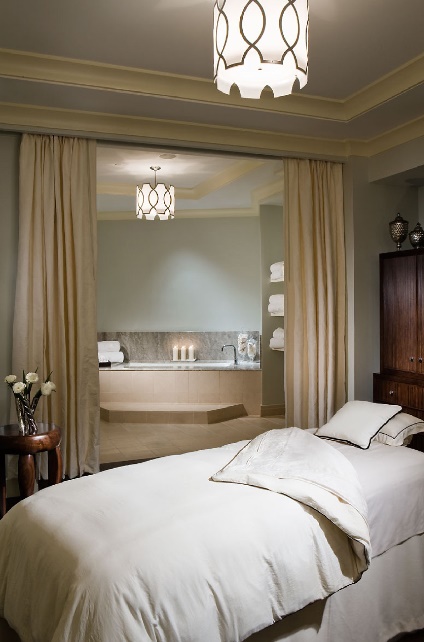 Mounting Scientific Evidence
Mounting Scientific Evidence
In recent years, easy access to big data and advancing technologies has confirmed the importance of lowering stress levels and focusing on holistic wellness. Every day, new research verifies the detrimental effects that a negative mindset has not only on mental well-being, but also on physical health. One long-term study conducted by NHS Scotland found that moderate stress levels increased risk of death by 40%, with even higher stress levels boosting that number to 90%. Statistics like this are not just scary – they emphasize the need to slow down and carve out relaxation time. Of course, there is no better place to do this than the spa – and more and more individuals are beginning to recognize this need. More than any other factor, scientific evidence is leading the charge when it comes to providing evidence-based spa services and offering “wellness-optimized” facilities.
Spreading Urbanization
Life has become more fast-paced than ever – and not just because of technology. More of the world’s population lives in cities than ever before. According to a report by the United Nation’s Department of Economic and Social Affairs, 54% of people live in urban areas — a number projected to climb to 66% by 2050. Between 1990 and 2014, the world saw the rise of 18 more mega-cities, which boast populations of over 10 million. Cities may provide numerous amenities and conveniences, but they are also fast-paced environments wrought with pollution of all kinds, ranging from air to noise.
With this fact in mind, it comes as little surprise that people would seek out a quiet oasis amid the chaos – peaceful retreats where they can de-stress and enjoy true tranquility. In keeping with this idea, Spafinder pinpointed “Stillness” as a top spa trend.[1] Of course, this need for a retreat matches perfectly with the ultimate mission of most private clubs: To create a “home away from home” for members.
Shifting Demographics
It is no secret that the composition of the nation, and even the world at large, is changing. These shifting demographics are not only shaking up American households, but entire markets. According to the U.S. Department of Labor, 57% of women are currently in the labor force as of 2015 – and their earnings are steadily growing. In fact, Boston Consulting Group projects that women will manage 75% of worldwide discretionary spending by 2028.[2] Women are gaining traction in the economy and much of their discretionary income is invested into the kind of services that spas offer. Between haircuts, skin care routines, waxings, and more, the average American woman pays around $450,000 on cosmetic maintenance in her lifetime.
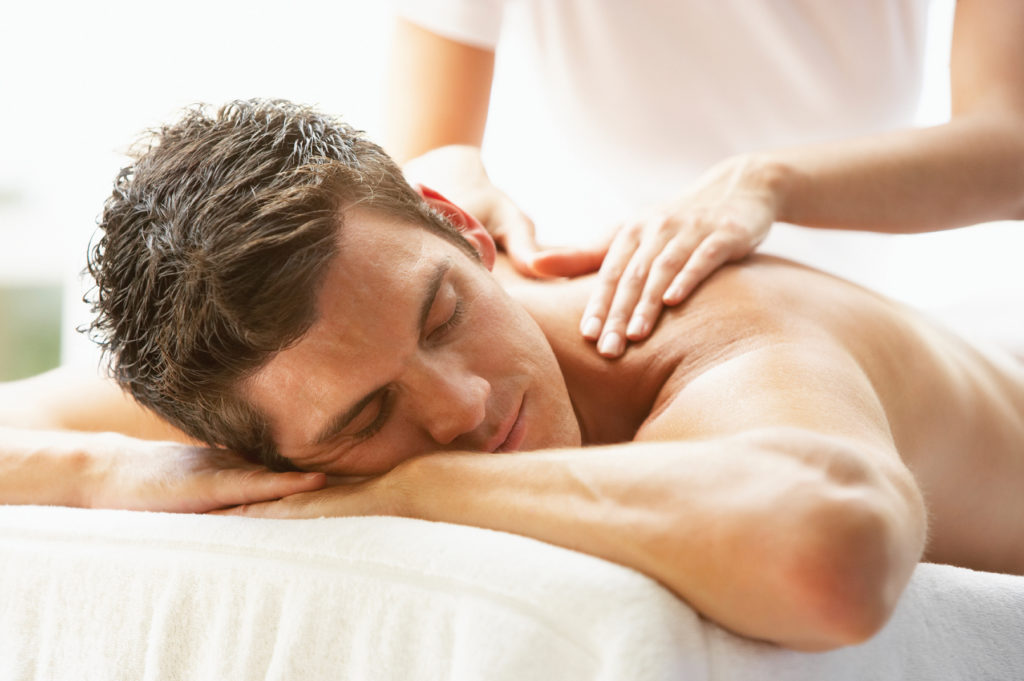 Of course, the growing interest in holistic wellness isn’t just for women. Though massages, facials, and similar services were once seen as a woman’s expense, more men are now recognizing the appeal of these services as well. An ISPA industry study discovered that 47% of U.S. spa clients in 2015 were men, rising 17% in five years. More men seeking out wellness services means more people entering spas, translating into higher demand for these facilities at private clubs.
Of course, the growing interest in holistic wellness isn’t just for women. Though massages, facials, and similar services were once seen as a woman’s expense, more men are now recognizing the appeal of these services as well. An ISPA industry study discovered that 47% of U.S. spa clients in 2015 were men, rising 17% in five years. More men seeking out wellness services means more people entering spas, translating into higher demand for these facilities at private clubs.
Millennials are also leading the charge when it comes to taking a holistic approach to wellness. Now a whopping 25% of the population, millennials are invested in a holistic approach to health. According to a report by the Natural Marketing Institute, around 11% of millennials utilized homeopathic medicine in 2013 – far surpassing the 6% of baby boomers and 7% of Gen Xers. These homeopathic treatments extend beyond the world of herbs and elixirs to include a spa’s typical bread-and-butter services: massage therapy, acupuncture, reiki treatment, etc.
It is safe to speculate that part of millennial interest in holistic wellness comes from their intimate understanding of mental health issues. According to a recent CDC report on young adult health, it is estimated that 9% of young adults had been diagnosed with major depression, generalized anxiety disorder, or panic disorder in 2008. Finding a retreat from noisy lives and overburdened schedules is not just a luxury for millennials, but an essential component of maintaining their quality of life. With this in mind, it is important to note that private clubs should incorporate spa facilities not just for today’s members, but in preparation for future members as well.
Evolving Status Symbols
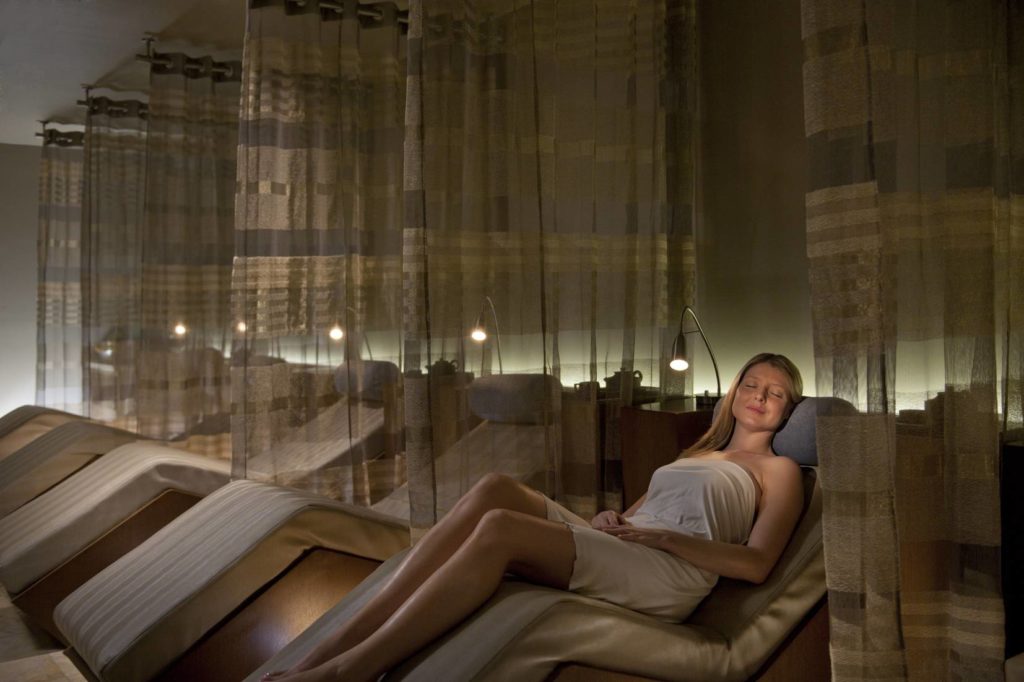 Since the beginning of time, human beings have been obsessed with status – and the products that signify a high seat on the social hierarchy. This is how many upscale brands – Porsche, Rolex, and Hermès to name a few – have maintained thriving businesses despite their sky high price tags. However, the recession has dramatically changed the way people spend money. Even some of the nation’s wealthiest are now self-conscious about dropping big bucks on extravagances. In fact, a collaborative poll by American Express Publishing and Harrison Group discovered that two thirds of America’s rich fear being negatively perceived because of conspicuous consumption.
Since the beginning of time, human beings have been obsessed with status – and the products that signify a high seat on the social hierarchy. This is how many upscale brands – Porsche, Rolex, and Hermès to name a few – have maintained thriving businesses despite their sky high price tags. However, the recession has dramatically changed the way people spend money. Even some of the nation’s wealthiest are now self-conscious about dropping big bucks on extravagances. In fact, a collaborative poll by American Express Publishing and Harrison Group discovered that two thirds of America’s rich fear being negatively perceived because of conspicuous consumption.
Instead of funneling discretionary income into the latest designer bag or luxury sports car, more people are spending on products and services that contribute to their overall health and wellness – including spa treatments. Why? Because it eases the guilt that comes with excessive spending during a time of economic downturn. It feels as though that the money is being spent on something essential. In a sense, the beauty of health and wellness as a status symbol is that it is about being indulgent without feeling indulgent. Tapping into this new way at looking at status could be a helpful resource for private clubs, who can utilize this sense of status to sell wellness-oriented services and amenities. After all, these days, healthy means wealthy.
Many private clubs that offer spas provide their members with a few simple treatment rooms where members can enjoy a single or couple’s massage. More elaborate private club spa facilities may boast a reception area, relaxation rooms, hydrotherapy in the treatment rooms, and even salon-like areas that offer hair and nail services. However, there is more to crafting a high end spa experience than building a few rooms. In order to be successful, a private club spa must take a few different factors into account.
Pleasing the Senses
Many spa facilities include features that look similar to what some private clubs already offer: a locker room, wading pools, lounge areas. What sets spa facilities apart from other private club offerings? We posed this question to Charlie Turner, Chambers’ Vice President & Director of Interior Design. “A spa is a sensory experience. When you are designing a spa, you shift away from the utilitarian and create a place where people want to go, linger, and enjoy,” says Turner.
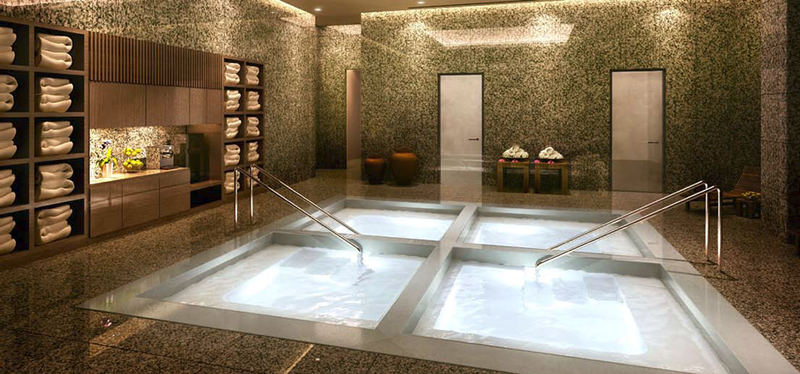 To create this luxurious experience, the spa’s design must take cues from the hospitality industry. “The prices of spa services at private clubs parallel those found at hotels and privately owned spas, so it’s important that the design reflects that as well,” says Turner. “Spa facilities will be designed towards higher end finishes. Think upgraded plumbing fixtures, fine glass walls, water walls, detailed mosaics, and sculptural corridors.” While still enjoyable spaces, many private club locker rooms and aquatics facilities are designed with pragmatism in mind. In contrast, spas are designed to interact with their occupants in a way that is inherently pleasurable and relaxing. Though there are a number of details that create a tactile experience for spa goers, here are some of the most popular elements used in spa facility design:
To create this luxurious experience, the spa’s design must take cues from the hospitality industry. “The prices of spa services at private clubs parallel those found at hotels and privately owned spas, so it’s important that the design reflects that as well,” says Turner. “Spa facilities will be designed towards higher end finishes. Think upgraded plumbing fixtures, fine glass walls, water walls, detailed mosaics, and sculptural corridors.” While still enjoyable spaces, many private club locker rooms and aquatics facilities are designed with pragmatism in mind. In contrast, spas are designed to interact with their occupants in a way that is inherently pleasurable and relaxing. Though there are a number of details that create a tactile experience for spa goers, here are some of the most popular elements used in spa facility design:
The better the spa is designed, the more sensuous the spa-going experience will be for members – and the more they feel as though they are getting away from it all, the more appreciation and demand there will be.
Planning Layouts Thoughtfully
Though spas are highly valued among private club memberships, not every club can afford to build out a full-fledged facility. Sometimes clubs must design only a few spa treatment rooms and leave it at that – at least until the extra funds become available. However, thoughtfully placing these treatment rooms in an existing clubhouse can help create a spa-like experience without investing in an entire facility.
“Strategically placed spa facilities will consider the club’s traffic patterns. For example, many clubs don’t want to invest in a separate locker room for the spa, so you would connect the treatment rooms to the locker rooms facilities or place them in the same vicinity,” suggests Turner. Like any club facility, the size of the space is not what ultimately matters – it is about designing towards a specific purpose, correlating these purposes with upcoming industry trends, and working within your current limitations to create the best member experience possible.
Connecting with Other Wellness Services
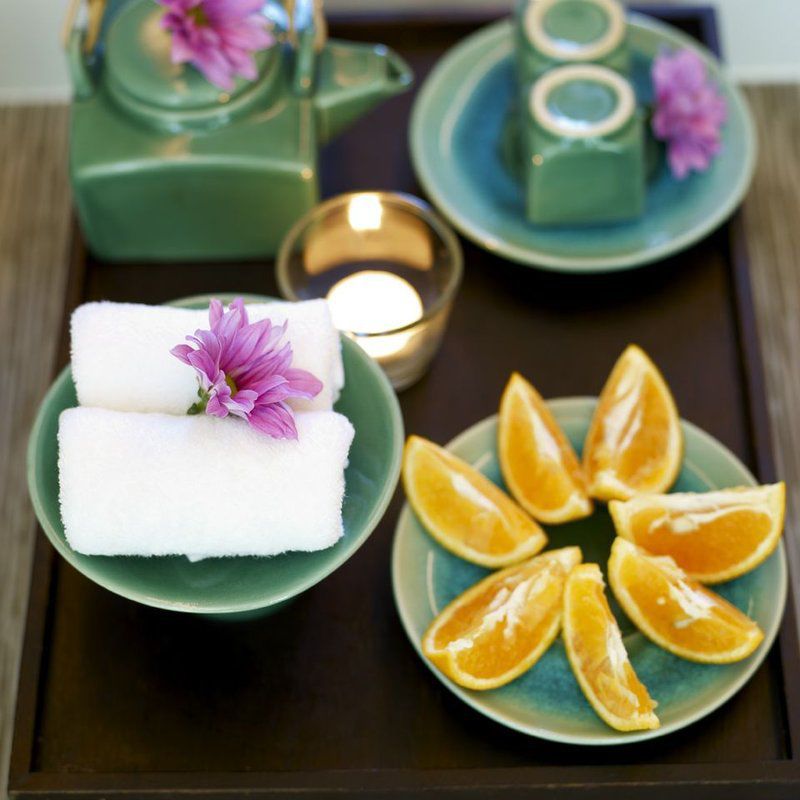 We have already determined that spas are a smart investment for private clubs, helping them stay ahead of the nation’s growing obsession with health and wellness. However, spa facilities don’t just cover the “zen” aspect of wellness – they can also accommodate other health-oriented services that are not traditionally associated with relaxation and pampering. For example, a massage treatment room can easily be converted into an area reserved for sports massage or physical therapy – providing additional value for die-hard sportsmen who may otherwise ignore typical spa offerings. You can even extend your F&B operations to suit the spa facilities, crafting a special spa menu complete with wholesome, healthy, and perhaps slightly exotic foods to create a full “getaway” experience.
We have already determined that spas are a smart investment for private clubs, helping them stay ahead of the nation’s growing obsession with health and wellness. However, spa facilities don’t just cover the “zen” aspect of wellness – they can also accommodate other health-oriented services that are not traditionally associated with relaxation and pampering. For example, a massage treatment room can easily be converted into an area reserved for sports massage or physical therapy – providing additional value for die-hard sportsmen who may otherwise ignore typical spa offerings. You can even extend your F&B operations to suit the spa facilities, crafting a special spa menu complete with wholesome, healthy, and perhaps slightly exotic foods to create a full “getaway” experience.
By intertwining spa services with other health-oriented amenities, spa facilities can play a useful role in a club’s larger efforts to incorporate on-trend wellness offerings into their member experience. “Ultimately, spas are yet another amenity that you can sell. It creates additional value for current members and becomes a recruitment tool for potential members,” says Turner.
In a sense, the rise of private club spa amenities is a more modern take on the club’s original purpose. Rather than offering a retreat exclusively for the family patriarch, spa facilities provide a more inclusive, health-conscious space to unwind and escape from life’s daily pressures – and after all, aren’t private clubs all about creating that “home away from home” feel.
Do you want to learn more about how to create the perfect private club spa? Get in touch with our Director of Interior Design Charlie Turner!
[1] Spafinder Wellness, Inc. is described as “the world’s largest media, marketing and gifting company for the wellness industry.” Known as the authority of spas and wellness authority for the last 30 years.
[2] The Boston Consulting group is described as “a global management consulting firm and the world’s leading advisor on business strategy.”
Comments
0 Comment(s)
Show Comments